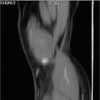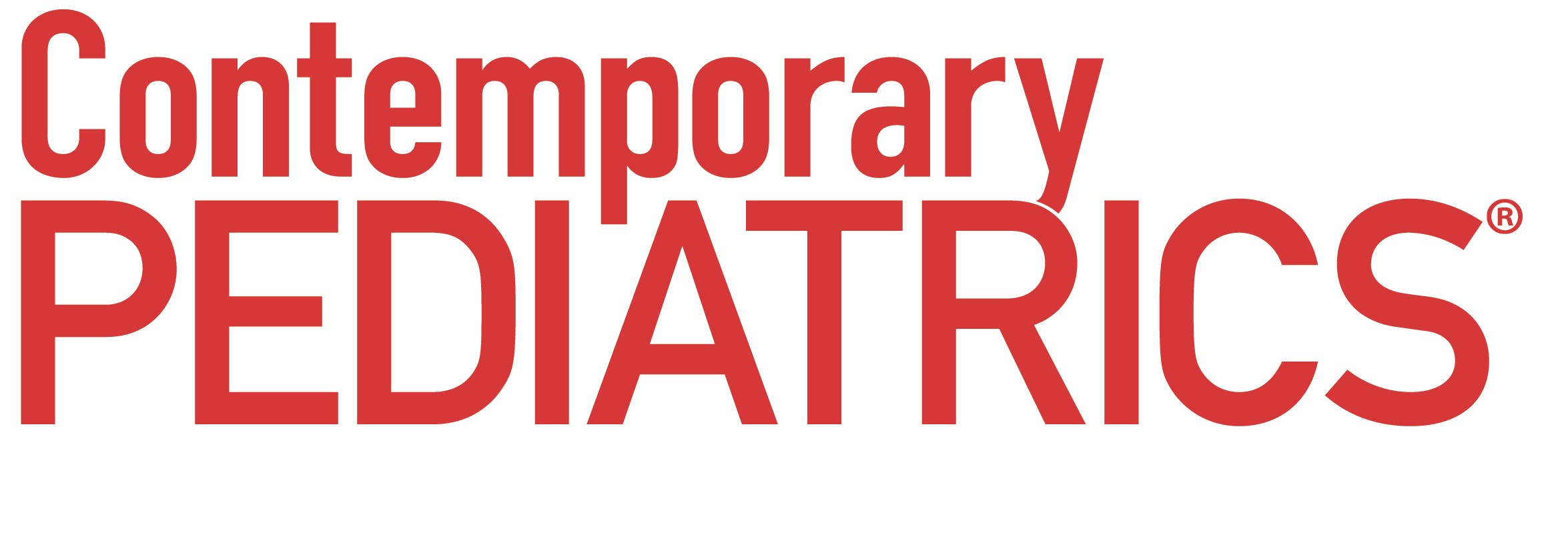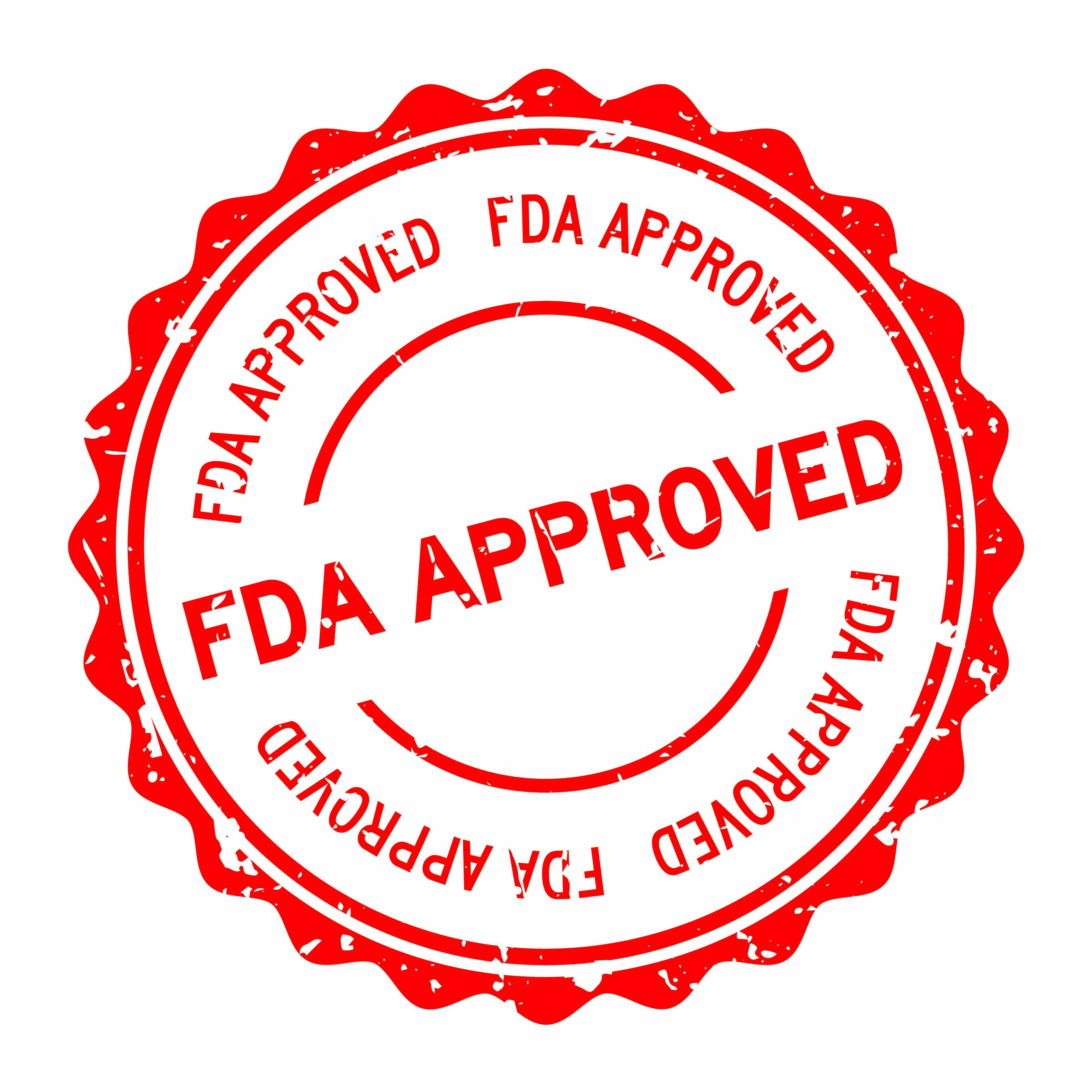Whats Wrong With This Picture? Child With Swollen Leg and Fever
A 16-month-old previously healthy child is hospitalized after 36 hours of worsening painful edema and erythema of the right lower leg and high fever with chills.

A 16-month-old previously healthy child is hospitalized after 36 hours of worsening painful edema and erythema of the right lower leg and high fever with chills.
The child was delivered vaginally at full term and has had normal developmental milestones; there is no history of illness or hospitalization.
According to the mother, the child had been walking barefoot in the backyard the previous day, but there was no trauma or insect bite. He has no cough, chest pain, dyspnea, nausea, vomiting, or diarrhea. There is no history of headaches, vision problems, seizures, weaknesses, rash, weight loss, or urinary symptoms. The child has no allergies and takes no medications. His immunizations are up-to-date.
The parents are healthy; they deny use of injection drugs and contact between family members and health care workers or facilities.
Examination. This fairly well-nourished and well-built child is ill-looking and fussy. Heart rate is 126 beats per minute and regular; temperature, 38.8°C (102°F); blood pressure, 100/60 mm Hg; respiration rate, 24 breaths per minute. He is well-hydrated.
Examination of the head and neck shows no icterus, erythema, or evidence of candidal infection. There is no palpable adenopathy. Examination of the right lower limb reveals diffuse tense, indurated, warm, erythematous swelling that is tender to the touch and extends from the knee to the ankle; the swelling is more pronounced on the posterior aspect. There is full range of motion at the knee, but movement at the ankle is restricted and painful. There is an area of fluctuance above the ankle. The jugular vein pulse and cardiac impulse are normal. Heart sounds are normal. Lungs are clear. Abdominal examination reveals no organomegaly. Results of the neurologic examination are normal.
Laboratory studies. White blood cell count, 18,600/µL, with 76% polymorphonuclear leukocytes, 13% bands, 10% lymphocytes, and 1% eosinophils. Erythrocyte sedimentation rate, 114 mm/h. Urinalysis results are normal. Blood glucose level, 98 mg/dL; blood urea nitrogen level, 21 mg/dL; creatinine, 1.0 mg/dL; serum sodium, 140 mEq/L; potassium, 4.0 mEq/L; chloride, 95 mEq/L. An ultrasonogram of the lower limb shows no deep venous thrombosis.
The child is treated initially with cefazolin, 400 mg every 8 hours; however, the fever persists.
A CT scan of the right lower limb, including the ankle, is ordered.
In view of the clinical picture, CT findings, and lack of response to therapy, the most likely diagnosis is:
A. Necrotizing fasciitis.
B. Methicillin-resistant Staphylococcus aureus (MRSA)-induced skin/soft tissue infection.
C. Hematoma.
D. Osteomyelitis.
E. Osteosarcoma.
(Answer and discussion begin on the next page.)
S aureus remains one of the most important causes of infection in children and adults. MRSA was first reported in early 1961; within a decade, it was established as an important nosocomial pathogen and accounted for 50% of S aureus isolates nationwide. The first community-acquired MRSA (CA-MRSA) infections in the United States, reported in 1980, were restricted originally to residents of long-term-care facilities and injection drug users. Other risk factors included recent hospitalization; transfer from another hospital; previous antimicrobial use; endotracheal intubation; indwelling catheters; invasive procedures; and underlying diseases, such as chronic liver, lung, and vascular disease or malignancies. Since 1990, the prevalence in children has risen to epidemic proportions.
Recently, CA-MRSA infections with no predisposing factors have been reported (8% to 20% of all MRSA isolates). Six percent of infections with CA-MRSA are invasive. Twenty-three percent of affected patients are hospitalized for these infections.1
CLINICAL FEATURES
Most CA-MRSA infections in children appear as pyogenic skin and soft tissue infections, which may take the form of recurrent boils, furuncles, cellulitis, and abscesses with associated erythema, warmth, and pain. Drainage of purulent collections is frequently required. It is now imperative to consider CA-MRSA in all skin and soft tissue infections because b-lactam antibiotics are ineffective against this entity.
Serious CA-MRSA infections in healthy children, although less frequent than in sick children, have now been reported. These infections are attributed to a CA-MRSA strain that contains the gene encoding production of a virulent factor, the Panton-Valentine leukocidin (PVL). PVL is associated with destructive skin and soft tissue infections, including necrotizing fasciitis, large abscesses, and pyomyositis. Severe necrotizing bilateral pneumonia (often fatal) complicated by empyema has been reported, as have osteomyelitis, septic arthritis, bursitis, bacteremia, pyelonephritis, and toxic shock syndrome.
The clinical presentation of CA-MRSA infection varies. One child may have a few or numerous boils; another may look highly toxic, with high fever, respiratory distress, and evidence of progressive pneumonia.
DIAGNOSIS
A high index of suspicion is essential for evaluation of any child with skin or soft tissue infection or with progressive respiratory tract infection or sepsis. Consider CA-MRSA if the patient does not respond satisfactorily to conventional therapy or if laboratory reports indicate that the isolate is resistant to methicillin.
Appropriate cultures are mandatory, including culture of material obtained from unroofing a furuncle. Blood and urine cultures, chest radiographs or other radiologic studies, and sputum examination may be required in severely ill children. The sensitivity pattern will also indicate whether CA-MRSA is present.
TREATMENT
Management includes drainage of purulent material and initiation of appropriate antibiotic therapy.
Unlike nosocomial MRSA, which is multidrug resistant, CA-MRSA commonly retains susceptibility to many non-b-lactam antibiotics (Table). Most CA-MRSA isolates are susceptible to trimethoprim-sulfamethoxazole (98%) and clindamycin (92%). Susceptibility to rifampin, tetracycline, erythromycin, and quinolones is more variable. Therapy is usually administered for 10 to 14 days.
In hospitalized patients and in more severe outpatient cases, the drug of choice is intravenous vancomycin for a prolonged period until the infection has responded. It may be used in combination with rifampin or gentamicin. Alternative therapeutic options include linezolid and clindamycin.
References:
REFERENCE:
1.
Siberry GK. Fighting a rising tide of MRSA infection in the young.
Contemp Pediatr.
2005;22:44-53.
Recognize & Refer: Hemangiomas in pediatrics
July 17th 2019Contemporary Pediatrics sits down exclusively with Sheila Fallon Friedlander, MD, a professor dermatology and pediatrics, to discuss the one key condition for which she believes community pediatricians should be especially aware-hemangiomas.




















